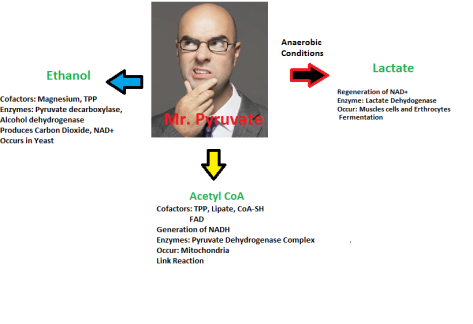
Monthly Archives: April 2013
DNA to RNA to Proteins!!!
Nucleic Acids
References
YouTube videos.
Lipids
Lipids!!!
References: Youtube Videos!!
Electron Transport Chain
The ETC in it’s entirety!
Reference: Garland Science
TCA Cycle
Description of the citric acid cycle! Enjoy!
Reference: Garland Science
Cancer, we coming!!!
Every time i read an article about Cancer or Diabetes, its a soft spot for me, since they both hit so close to home. However i do like to educate myself, and may be one day be the one publishing an article about some sort of progression made in the battle against those diseases!!!!
This my second article!!!To the cure!!!
The Battle…..In fact the War!
This continuous war against different diseases such as Cancer has been a very strenuous one. Scientist are working diligently, trying to decipher the inner workings of a cell and in turn the molecular mechanisms of different diseases.
Their new innovation, is the re-wiring of some of the cell’s smallest components that manufacture proteins, so that they can be switched on and off by command. This research project was investigated and carried out by scientist from the University of North Carolina at Chapel Hill School of Medicine.
The scientists were able to prove that the protein Src Kinase influences the way a cell extends and moves, thus a mutation in this protein stimulates the progression of tumors and metastasis. This information was derived from an experiment, where the researchers were able to control protein conformations.
The first step in the experiment was to create a “switch” that made a protein unstable; hence unable to function properly. This switch was turned on by a drug called Rapamycin, which counteracts the effects by stabilizing the protein, thus allowing it to function properly.
However just like any other experiment, scientist did not figure out these solutions immediately but through trial and error processes. During the first trial the “switching” mechanism depended on two proteins and the drug; but this approach was concluded a failure since the cells would end up with varied amounts of the two proteins, preventing them from functioning properly as a switch.
Scientist therefore went back to the “drawing board.” The researchers decided that the two proteins would function better as a “switch” if they were combined as one. Each protein was broken down into their individual secondary structures: alpha helix and beta sheets, and then they were re-wired together so that their individual amino acids residues could interact with each other producing a new protein. This new protein was modified by the Rapamycin drug and was called uniRapR.
UniRapR was used to investigate the effects of Src Kinase. The researchers carried out their investigation using human cells and the organism zebrafish. UniRapR was used to switch on Src Kinsae, which caused the cell to extend its edges as part of cellular movement. It is this movement that causes the rapid progression of cancer cells.
This investigation was definitely a breakthrough in scientific history, because the scientists were able to delineate the role of one protein which can be used to understand the development, progression and spread of cancer.
References:
Science Daily 2013. “Researchers Engineer ‘Protein Switch’ to Dissect Role of Cancer’s Key Players.”
http://www.sciencedaily.com/releases/2013/04/130410154906.htm
MMMMMHHHHHHHHH :S

Fates of Pyruvate soon come!!!
Good Saturday Bloggers!!!!!how are you guys doing?
I know plenty burned the midnight oil last night working on their blogs!!! GOOD JOB!!!!!!
well time to make the finishing touches on mine…….
As you can see from tutorials and even in class quizzes, and may be even the incourse exam, we have been asked a lot about the different types of inhibition. I have decided to blog about the 4 different types using the Lineweaver Burk Plot examples:
What is an inhibitor?
An inhibitor a is compound that disrupts the enzymatic activity of an enzyme by preventing the formation of the Enzyme-substrate complex or by blocking the chemical reaction that leads to product formation.
In class, we looked at Reversible Inhibition:
This is when the inhibitor binds to the enzyme using weak non-covalent forces.This means the enzymatic activity can be recovered by diluting the enzyme-inhibitor complex!
There are four type of inhibition:
- Competitive
- Non-competitive
- Uncompetitive
- Mixed
These different types of inhibition can be explained in the diagrams below:
Competitive:
Non-competitve:
Un-competive:
Mixed:
Sponsors:
Moran, Laurence A, H. Robert Horton, K. Grey Scrimgeour, Marc D. Perry. 2012. Principles of Biochemistry. 5th ed.
STOP!!!!!! in the name of Inhibition!!!!
Specificity of an Enzyme.

These two methods, are different mechanism used to explain the specificity of an enzyme.
Please Find ME!!!…..well them




